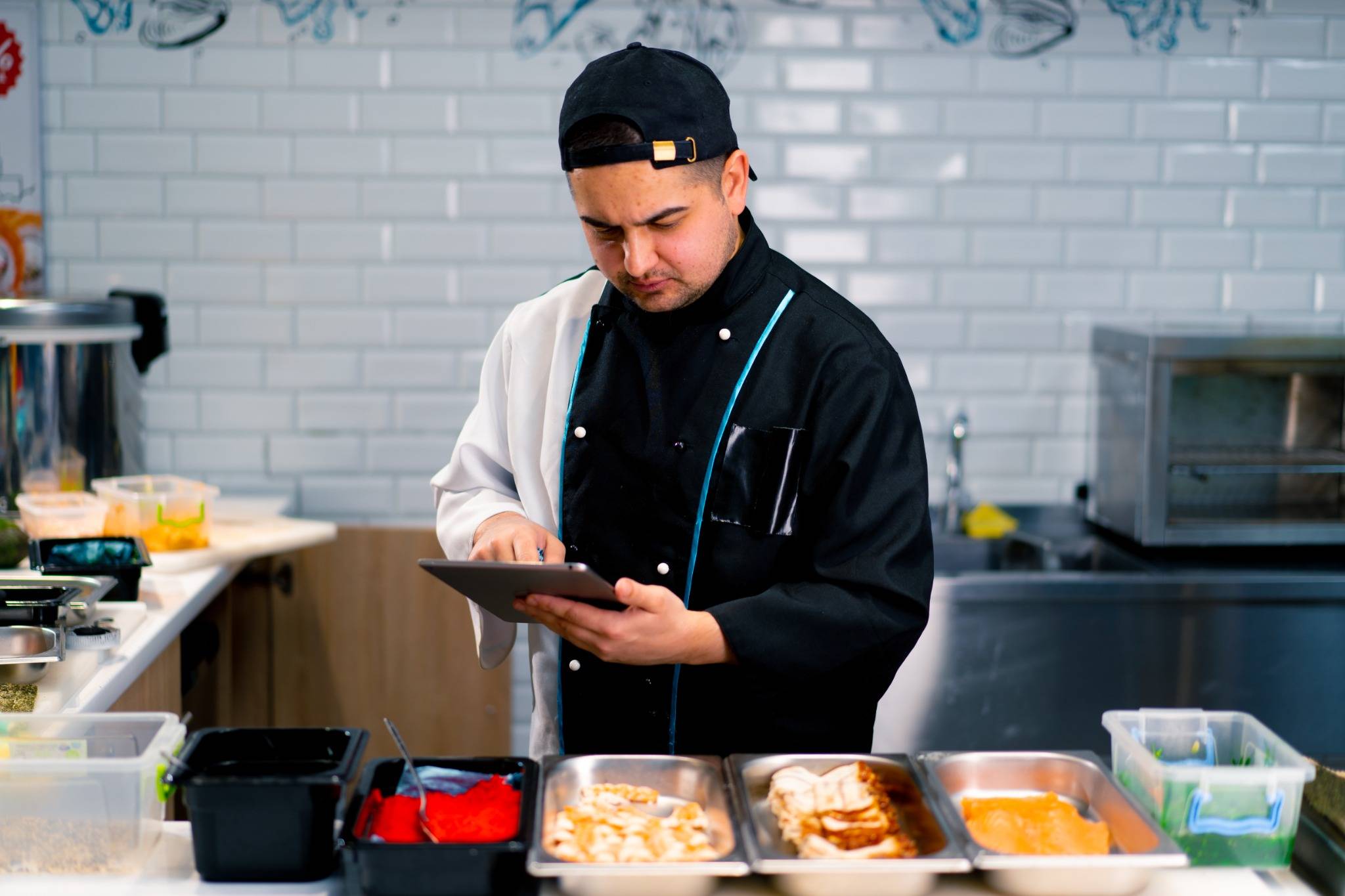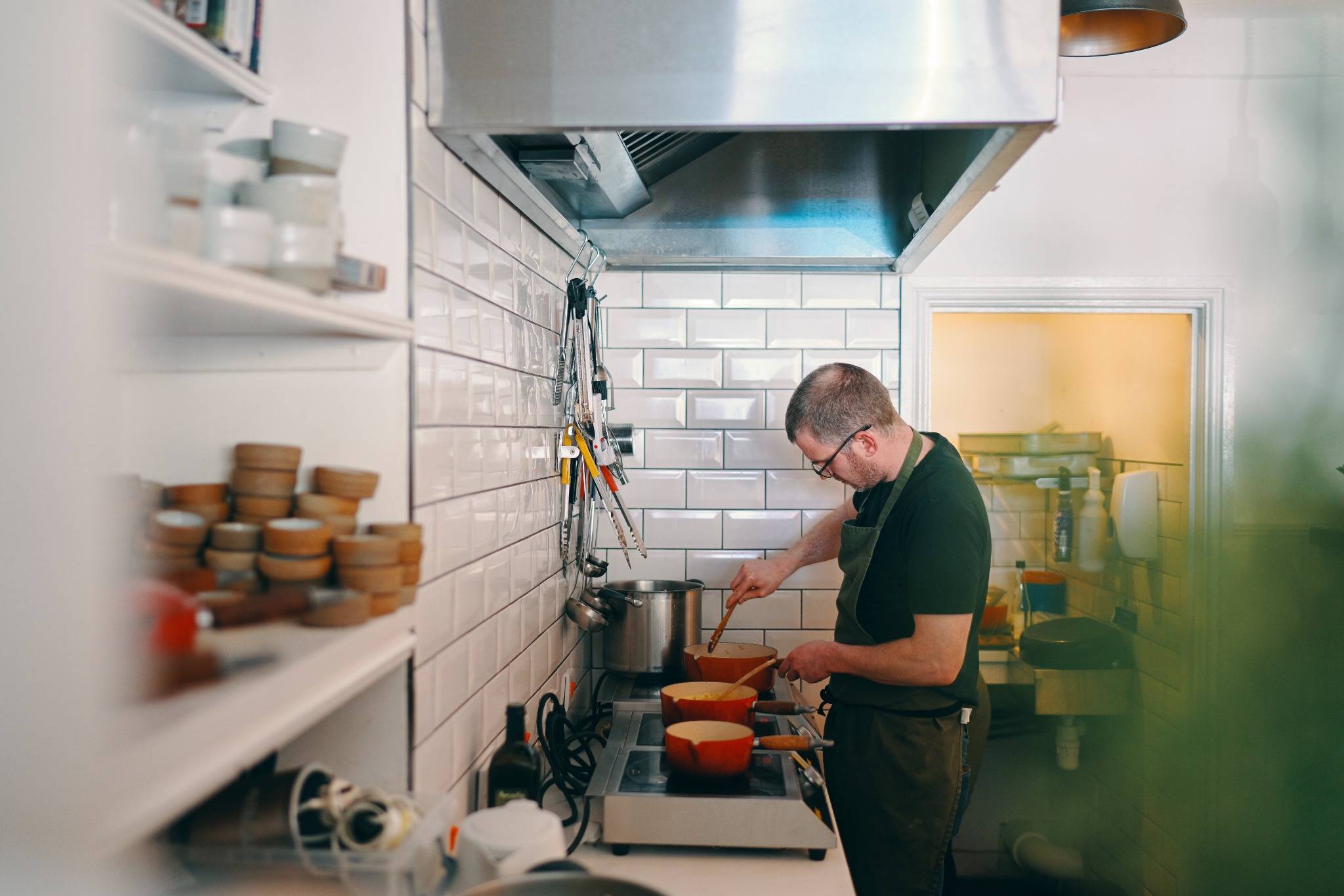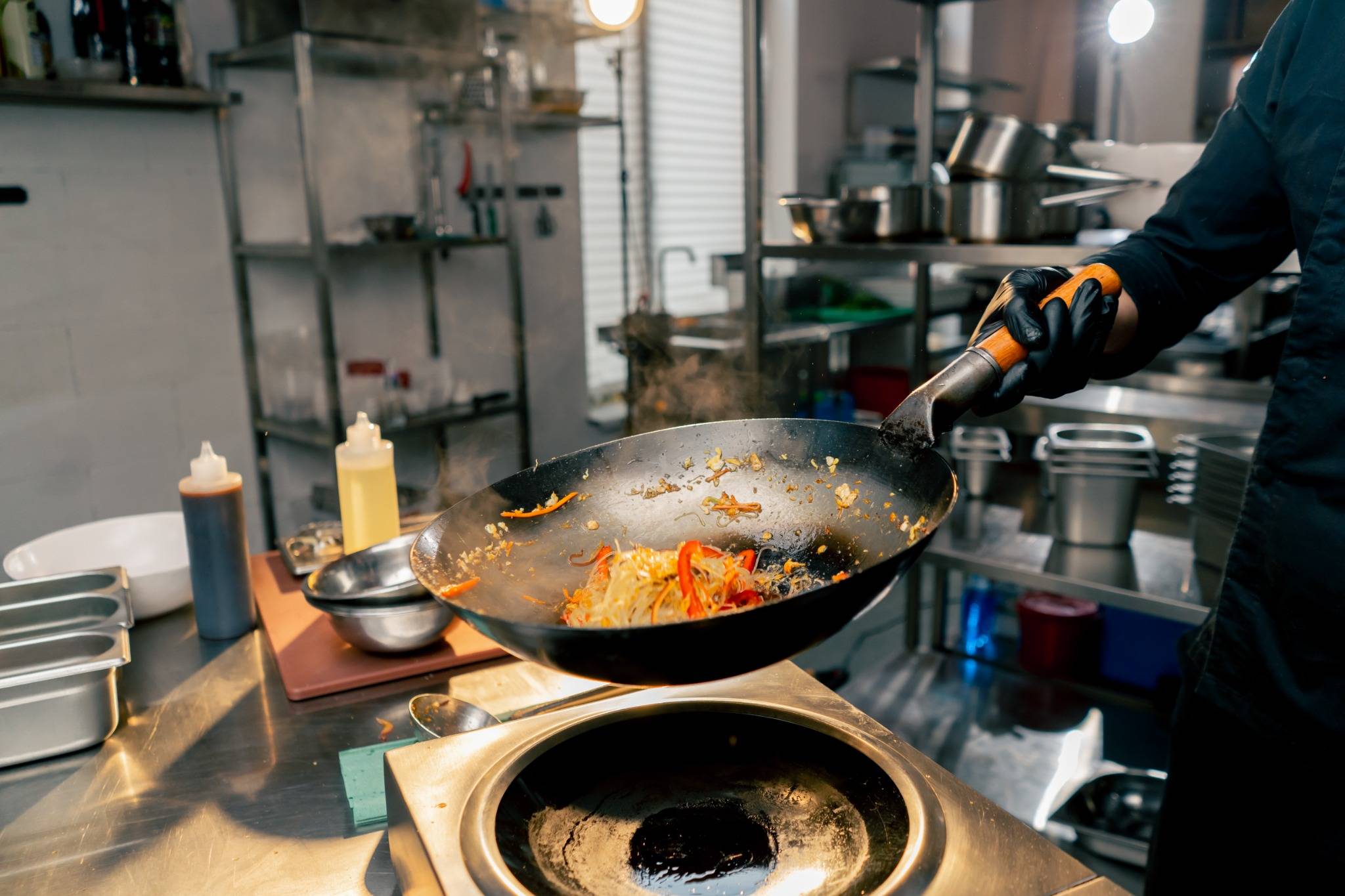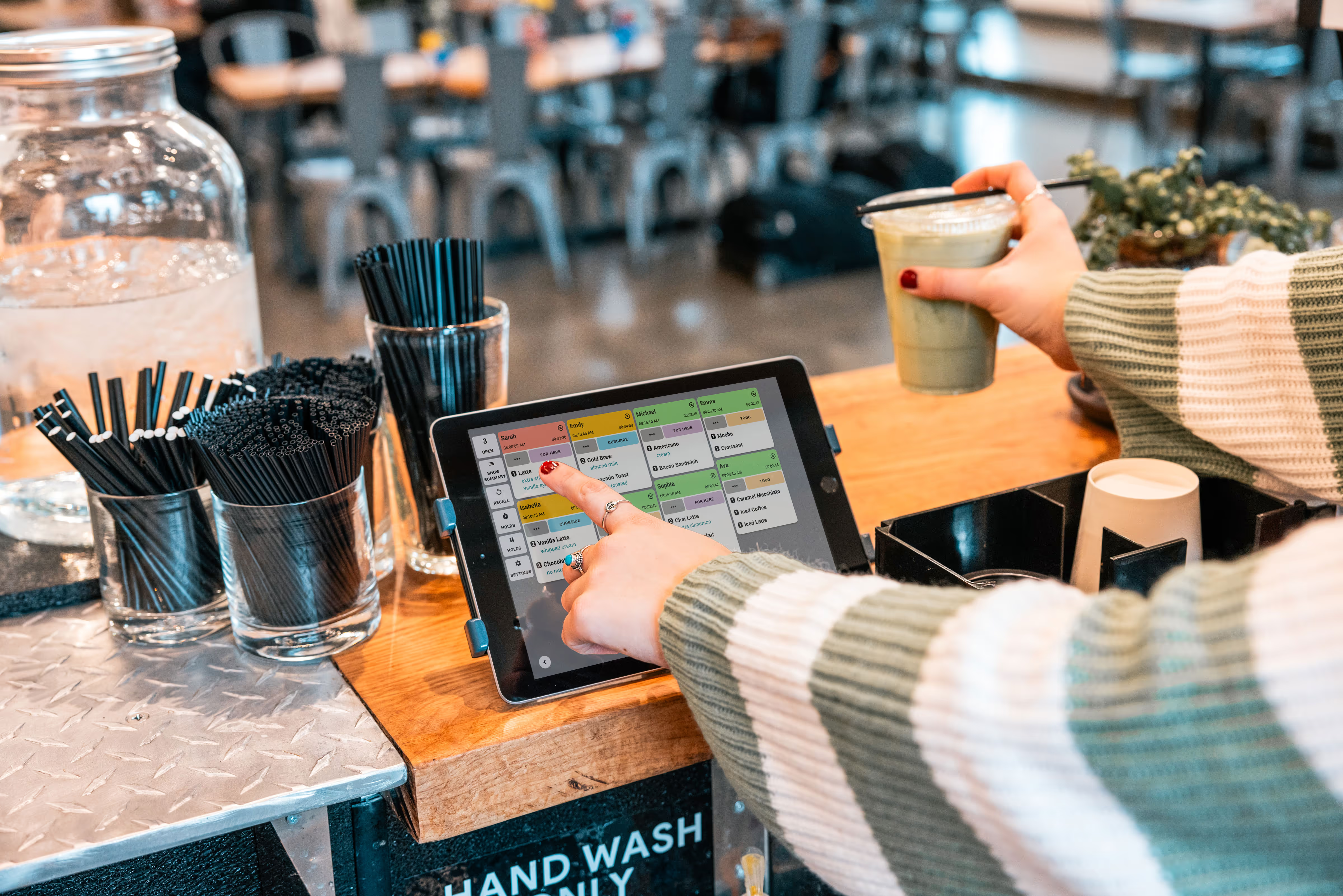Picture this: you're standing in your restaurant kitchen at 2 AM, calculator in hand, wondering where all the profit went. Sound familiar? I've been there, and let me tell you – the answer isn't always what you'd expect.
Here's the thing about running a restaurant kitchen – it's like trying to fill a bucket with a dozen tiny holes in the bottom. You can pour money in all day long, but if you don't patch those leaks, you'll never see the results you deserve. And trust me, after watching countless restaurant owners struggle with the same issues, I've learned that saving money in your kitchen isn't about being cheap; it's about being clever.
The Hidden Money Drains in Your Kitchen (And How to Plug Them)
You know what's wild? According to recent data, restaurants waste between 4-10% of the food they purchase. Think about that for a second. If you're buying $10,000 worth of food every week, you're literally throwing away up to $1,000. That's $52,000 a year – enough to hire another line cook or finally fix that temperamental walk-in cooler.
But here's where it gets interesting. What percentage of food is wasted in restaurants? The answer varies wildly depending on who you ask and how you measure it. Some studies suggest it's closer to 10%, while others put it at 20% when you factor in prep waste, spoilage, and those infamous "oops" moments during service. The truth? It doesn't matter which number is "right" – what matters is that your number is too high, and we're about to fix that.
Understanding Your Food Waste Statistics
Let's get real about what are the statistics on food waste in the restaurant industry. The numbers are sobering, but they're also an opportunity. Every percentage point you shave off your waste rate goes straight to your bottom line. No marketing costs, no extra labor – just pure profit.
Food Waste Breakdown Table:
The 30-30-30 Rule Nobody Talks About
Here's something I discovered after years of watching successful kitchens operate: the best-run restaurants follow what I call the 30-30-30 rule. They spend 30% of their time planning, 30% executing, and 30% analyzing. The remaining 10%? That's for those inevitable fires (sometimes literal) that need putting out.
But most restaurants? They're running on a 10-80-10 split – barely any planning, all execution, and zero analysis. No wonder where does 60% of the food waste come from remains a mystery to so many operators. You can't fix what you don't measure, and you can't measure what you don't track.
Quick Win Alert: Start weighing your trash for just one week. Seriously. Get a cheap hanging scale, hang it by the dumpster, and have your staff weigh every bag before tossing it. You'll be shocked at what you learn. One restaurant I worked with discovered they were throwing away 40 pounds of perfectly good bread ends every week – that's $200 monthly they recovered just by making croutons.
Smart Inventory Management: Your Secret Weapon
Let me share a story that'll make you rethink everything. I once knew a chef who ran his inventory like a Swiss watch. Every Tuesday at 3 PM, he'd walk through his cooler with a clipboard (old school, I know), counting everything. Boring? Maybe. But this guy's food cost was consistently 5% lower than every other restaurant on the block.
The magic wasn't in the counting – it was in what happened next. He'd sit down with his supplier rep and negotiate based on actual data. "Why am I paying $3.20 for tomatoes when I'm buying 50 pounds a week?" Boom. Instant savings.
The Power of Par Levels
You want to know why do restaurants have so much food waste? It's because they order like they're preparing for the apocalypse. Setting proper par levels isn't rocket science, but it does require you to pay attention. Here's the formula that changed my life:
Par Level = (Weekly Usage × Lead Time) + Safety Stock
Simple, right? Yet I see restaurants ordering 10 cases of something they use two of, just because "we might need it." That's not planning; that's hoarding.

The Psychology of Portion Control (And Why Your Staff Hates It)
Can we have an honest conversation about portions? Your cook thinks that extra ounce of protein makes the plate look better. Your server believes bigger portions mean bigger tips. And you? You're watching your food cost creep up like a horror movie monster.
How much food is wasted in hospitality often comes down to this simple truth: we've confused generosity with waste. But here's what I've learned – customers don't want more food; they want better food. They'd rather have a perfectly cooked 6-ounce portion than a mediocre 10-ounce slab.
Training Your Team Without Being the Bad Guy
Nobody wants to be the portion police, but somebody has to do it. The trick is making your team understand that how to check wastage of food isn't about being stingy – it's about survival. Try this approach:
- Make it visual: Post photos of perfect portions at every station. Not boring charts – actual photos of beautiful plates.
- Gamify it: Run a contest. The station with the lowest waste percentage wins something meaningful – maybe first pick of shifts next month.
- Share the numbers: When staff understands that reducing waste by just 2% could fund their holiday bonus, suddenly everyone's interested.
- Lead by example: If the chef is sloppy with portions, why should anyone else care?
The Technology Revolution You Can't Afford to Ignore
I know, I know. You didn't get into the restaurant business to stare at spreadsheets. But here's the thing – the right technology can save you hours of work and thousands of dollars. And no, I'm not talking about some $10,000 system that requires a PhD to operate.
How much food do restaurants waste per day? Most owners can't answer this question because they're not tracking it. But with simple inventory management apps (some cost less than your Netflix subscription), you can know exactly what's walking out your back door.

Digital Tools That Actually Work
Let's talk about which country wastes the most food for a second. The US ranks pretty high on that list, and our restaurants are a big part of the problem. But we also have access to incredible tools that can help. Here are the ones worth your time:
- Inventory tracking apps: These connect to your POS and automatically track usage. No more guessing why you're out of chicken on Saturday night.
- Recipe costing software: Know exactly what that daily special costs before you price it at $12.99 and lose money on every plate.
- Waste tracking systems: Some are as simple as a Google form your staff fills out when they toss something. Data is power, people.
- Predictive ordering platforms: These use your historical data to suggest orders. It's like having a psychic in your kitchen, except it actually works.
The Supplier Relationship Game
You know what drives me crazy? Restaurants that treat their suppliers like enemies. These people want you to succeed – dead restaurants don't place orders. But you have to meet them halfway.
What is the #1 source of food waste in the US? According to research, it's actually households, but restaurants aren't far behind. And a huge chunk of restaurant waste happens because of poor supplier relationships. Late deliveries, wrong orders, quality issues – they all lead to waste.
Negotiating Like a Pro
Here's how you build supplier relationships that save you money:
Be consistent: Order regularly, pay on time, and don't ghost them when another supplier offers a nickel less per pound.
Buy seasonal: When you're asking where does 60% of the food waste come from, consider this – much of it comes from fighting the seasons. Tomatoes in January? That's expensive AND wasteful.
Consolidate when possible: Fewer deliveries mean fewer chances for error and lower delivery fees. Plus, larger orders often qualify for better pricing.
Communicate clearly: If something's wrong, speak up immediately. Don't wait three weeks and then explode. That helps nobody.
Menu Engineering: The Art of Profitable Simplicity
Let's tackle a big one: what are 5 facts about food waste that most restaurants ignore? Here's number one – complex menus create more waste than simple ones. Every ingredient that appears in only one dish is a liability.
I worked with a restaurant that had 67 items on their menu. Sixty-seven! They were hemorrhaging money on spoilage because half their prep expired before anyone ordered it. We cut the menu to 35 items, strategically chosen so ingredients crossed over multiple dishes. Food cost dropped 4% in the first month.
The Cross-Utilization Matrix
This is going to sound nerdy, but stay with me. Create a spreadsheet listing every ingredient down one side and every menu item across the top. Put an X where they intersect. If an ingredient only has one or two X's, it better be incredibly profitable or incredibly important to your brand.
How much food is wasted by restaurants each year? Less than they used to waste, if they're smart about menu design. Think about it – that specialty mushroom you use for one appetizer? If it doesn't sell, it's trash. But if those mushrooms appear in three dishes, you've tripled your chances of using them.
The Staff Meal Revolution
Here's something counterintuitive: feeding your staff well actually saves money. I'm not talking about letting them order off the menu (though occasional treats don't hurt). I'm talking about strategic staff meals that use up product before it goes bad.
What percentage of food produced is wasted? Globally, it's about 30-40%. But in your kitchen, staff meals can turn potential waste into team morale. That fish that's perfect today but won't be tomorrow? That's staff meal. Those vegetables that are slightly past their prime for raw service? Perfect for a staff stir-fry.
Creating a Staff Meal Program That Works
The key is structure. You can't just say "eat whatever's about to expire" and expect good results. Here's what works:
- Assign responsibility: Rotate who makes staff meal. It builds skills and investment.
- Set guidelines: Use items within 1-2 days of expiration, focus on nutrition, and make it actually taste good.
- Time it right: Staff meal should happen before service when everyone's hungry but not rushed.
- Make it special: This isn't slop time. A well-fed, appreciated team works harder and wastes less.
The Great Prep List Revolution
You want to know why do restaurants waste so much food? Because they prep like they're expecting the entire city to show up for dinner. Hope isn't a strategy, folks. Data is.
Look at your POS data from the last three Tuesdays. What did you actually sell? Now look at what you prepped. I'll bet you dollars to donuts you prepped 30% more than you needed. That's not being prepared; that's being wasteful.
Building Prep Lists That Actually Work
Here's my revolutionary approach to prep lists (and by revolutionary, I mean common sense that nobody seems to use):
Use actual data: Not what you think you'll need, not what you needed that one crazy Tuesday – what you actually, consistently need.
Build in flexibility: Prep 80% of what you think you'll need. You can always prep more during service if needed.
Track variance: Note when you run out or have excess. Adjust your pars accordingly.
Consider shelf life: Don't prep everything at once. Stagger it based on how long items hold.
The Economics of Equipment (And Why That Broken Slicer Is Costing You)
Let's talk about something unsexy but crucial: equipment maintenance. What food is wasted the most? Often, it's whatever your broken equipment is destroying. That slicer that cuts uneven portions? That's money in the trash. The freezer that doesn't hold temp? Say goodbye to profit.
I knew a restaurant that refused to fix their aging vacuum sealer for six months. They were losing $300 monthly on freezer burn alone. The repair cost? $150. Sometimes I wonder how we stay in business at all.
The Equipment Investment Strategy
Here's what smart operators know about equipment and waste reduction:
Portion control tools: Scales, portioning scoops, and ladles aren't suggestions; they're necessities.
Proper storage containers: Good containers with tight lids extend product life significantly.
Temperature monitoring: Digital thermometers in every cooler and freezer. Know immediately when something's wrong.
Sharp knives: Dull knives create more trim waste. It's physics, not opinion.
The Sustainability Angle (Because It's Not Just About Money)
Here's something that might surprise you: what are the statistics of food waste show that customers increasingly care about sustainability. Restaurants that actively reduce waste can market that fact. It's good for the planet AND your brand.
But let's be real – you're not reading this to save the polar bears (though that's nice too). You're here to save money. The beautiful thing is, they go hand in hand.
Turning Waste Reduction Into Marketing Gold
Your customers want to support responsible businesses. So tell them what you're doing:
Share your story: "We've reduced our food waste by 30% this year" is a powerful message.
Partner with food banks: Turn tax write-offs into community goodwill.
Compost publicly: That compost bin isn't just waste management; it's a marketing tool.
Track and report: Share your sustainability metrics on social media. People eat that stuff up (pun intended).
The Financial Reality Check
Let's get down to brass tacks. How much food do restaurants waste per day? The average restaurant throws away about 4-10 pounds per day per 100 customers served. At $3-5 per pound average food cost, that's $12-50 daily. Multiply that by 365 days, and we're talking $4,380-18,250 annually.
But here's the kicker – that's just the food cost. Factor in labor to prep that wasted food, energy to cook it, and disposal costs, and you can easily triple that number.
Your 90-Day Waste Reduction Action Plan
Enough theory. Here's exactly what you need to do:
Days 1-30: Measure Everything
- Weigh all waste for one full week
- Track what's being thrown away and why
- Review your last month's purchases vs. sales
- Identify your top 5 waste culprits
Days 31-60: Implement Quick Wins
- Adjust portion sizes based on plate waste
- Implement FIFO (First In, First Out) religiously
- Create prep lists based on actual sales data
- Start a basic staff meal program
Days 61-90: Systematize and Optimize
- Negotiate with suppliers based on your data
- Implement one piece of technology (even if it's just a spreadsheet)
- Train staff on new procedures
- Track improvements and celebrate wins
The Bottom Line Truth
You came here wondering how to save money in a restaurant kitchen, and I've thrown a lot at you. But if you only remember one thing, remember this: small changes compound into massive results.
That 2% reduction in food waste? That's $20,000 on a million in sales. The 15 minutes daily spent on inventory? That's preventing $30,000 in annual spoilage. The portion control that seems nitpicky? That's your kid's college fund.
Running a profitable restaurant kitchen isn't about one big breakthrough. It's about dozens of small improvements, implemented consistently, measured religiously, and adjusted constantly. It's not sexy, but neither is bankruptcy.

Your Next Steps (Because Knowledge Without Action Is Just Trivia)
Here's what I want you to do right now – not tomorrow, not next week, but right now:
- Pick one thing from this guide. Just one. Maybe it's weighing your trash, maybe it's fixing that prep list, maybe it's finally having that conversation with your supplier.
- Set a deadline. Give yourself one week to implement it. One week. You've wasted more time scrolling through Instagram today.
- Measure the results. You can't improve what you don't measure. Did it save money? How much? What did you learn?
- Share your wins. Seriously. Tell your team, tell your customers, hell, tell your mother. Success breeds success.
The restaurant industry is tough – we all know that. But it doesn't have to be as tough as we make it. Every dollar you save on waste is a dollar that goes straight to your bottom line. No additional sales needed, no marketing magic required.
So what are you waiting for? Your kitchen is literally bleeding money right now. Go stop the bleeding. Your future self (and your accountant) will thank you.
Remember, in this business, it's not about how much you make – it's about how much you keep. And keeping more starts with wasting less. Now get out there and make it happen.






.png)




.webp)


